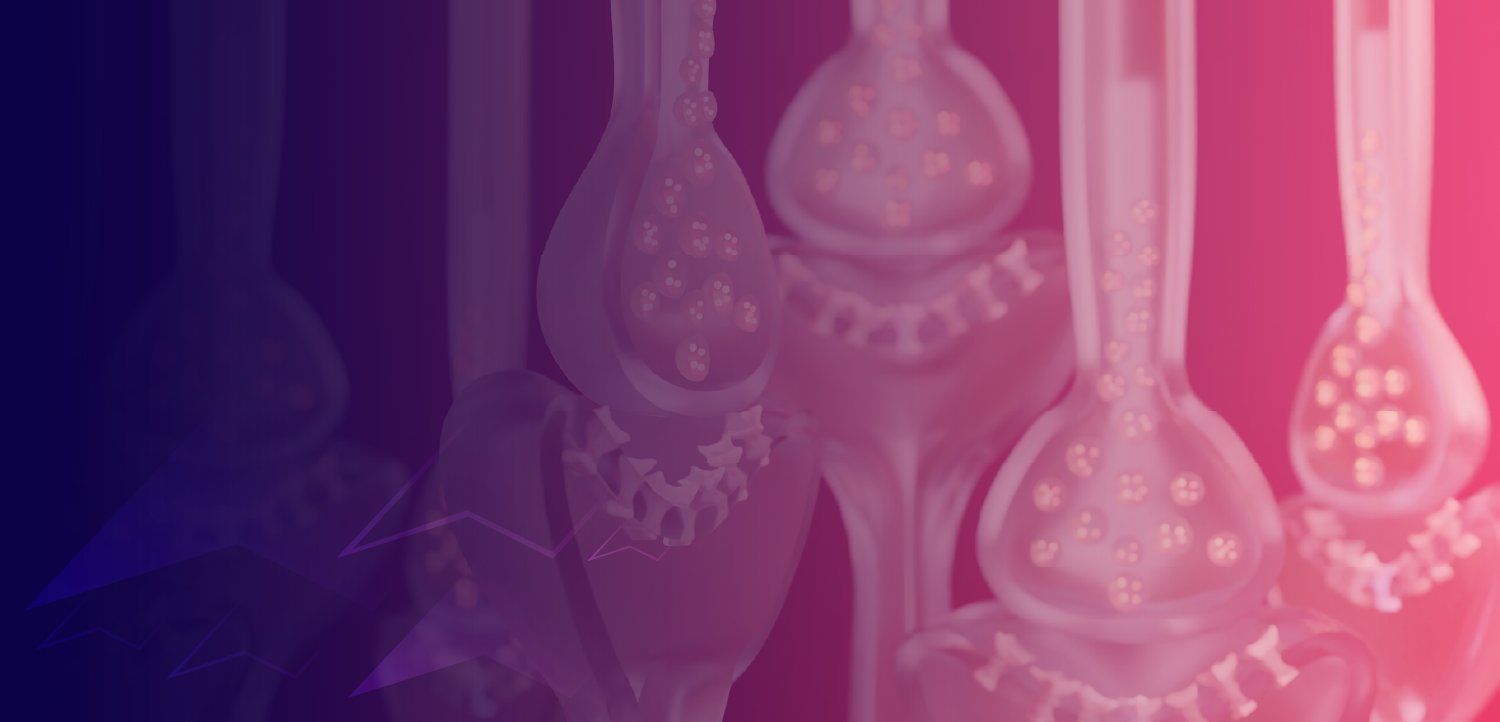Gene Therapy for Wet AMD May Replace Anti-VEGF Injections | ASRS 2025
Ixo-vec reduced anti-VEGF injection frequency and was well tolerated in patients with wet AMD. A phase 3 pivotal trial comparing it with Eylea 2 mg is under way.
In two phase 2 trials, the gene therapy ixoberogene soroparvovec (ixo-vec) was well tolerated and reduced the number of anti-vascular endothelial growth factor (VEGF) injections that patients with wet age-related macular degeneration needed, according to data presented at the American Society of Retina Specialists (ASRS) annual meeting being held in Long Beach, California.
Based on results from OPTIC and LUNA trials, ARTEMIS, the first of two pivotal phase 3 trials, has been designed to evaluate the efficacy and safety of a one-time intravitreal injection of ixo-vec compared with Eylea (aflibercept) 2 mg in patients with wet AMD.
Developed by Adverum Biotechnologies, ixo-vec is a proprietary vector capsid, AAV.7m8, carrying an aflibercept coding sequence. Aflibercept inhibits VEGF and is the active ingredient in Regeneron’s Eylea, which is approved in both low and high doses to treat patients with wet AMD, diabetic macular edema and diabetic retinopathy.
Wet AMD happens when abnormal blood vessels grow and damage the macula. It is a less common type of AMD but causes faster vision loss. Anti-VEGF injections, such as the Susvimo (ranibizumab) implant, Eylea, Beiu (brolucizumab) and Vabysmo (faricimab), reduce blood vessel leakage and growth.
The ARTEMIS phase 3 trial will enroll 284 patients with wet AMD, including both treatment-naïve and previously treated patients. The primary endpoint is mean change from baseline in best corrected visual acuity (BCVA) at one year. The key secondary endpoint is reduction of the number of injections received. All patients will receive three loading doses of aflibercept prior to receiving ixo-vec. Patients in both arms will be eligible for supplemental injections of aflibercept and will receive prophylactic steroid eye drops.
During the ASRS annual meeting, Mark R. Barakat, M.D., of the Retina Macula Institute of Arizona, reviewed the results of the OPTIC and LUNA trials. The five-year OPTIC trial (two years plus a three-year extension) evaluated the long-term safety and durability of ixo-vec at two doses. In this trial, patients with wet AMD and a high anti-VEGF treatment burden received a single intravitreal injection of ixo-vec with a short course of steroid prophylaxis (13 days of prednisone or six weeks of difluprednate).
LUNA is designed to evaluate the safety and efficacy of the low dose from OPTIC and a new lower dose with enhanced corticosteroid prophylactic regimens, including locally administered options of a 22-week regimen of difluprednate drops or intravitreal dexamethasone followed by difluprednate drops.
Researchers found that in both trials, the injection burden was meaningfully reduced in patients who previously needed frequent anti-VEGF treatment. They also found that the regimen of difluprednate drops in LUNA was as effective and was preferred by patients as intravitreal dexamethasone plus difluprednate and more effective than the six-week difluprednate course used in OPTIC in minimizing inflammation.
Barakat said during his presentation that in the OPTIC trial, many patients had more than 10 previous anti-VEGF injections prior to treatment with ixo-vec. In the first year after treatment, 60% of patients were injection-free, and at year four, 73% were injection-free.
LUNA also enrolled patients who were heavily treated with anti-VEGF injections prior to treatment, he said. After treatment with ixo-vec, 54% were injection-free, and 75% of patients needed one injection or less with the lowered dose of ixo-vec. In LUNA, Ixo-vec was well tolerated, with local steroids effectively managing inflammation at both the higher and lower doses.
Additionally, he said that protein expression was seen five years after dosing with ixo-vec in both trials.
Newsletter
Get the latest industry news, event updates, and more from Managed healthcare Executive.
















































